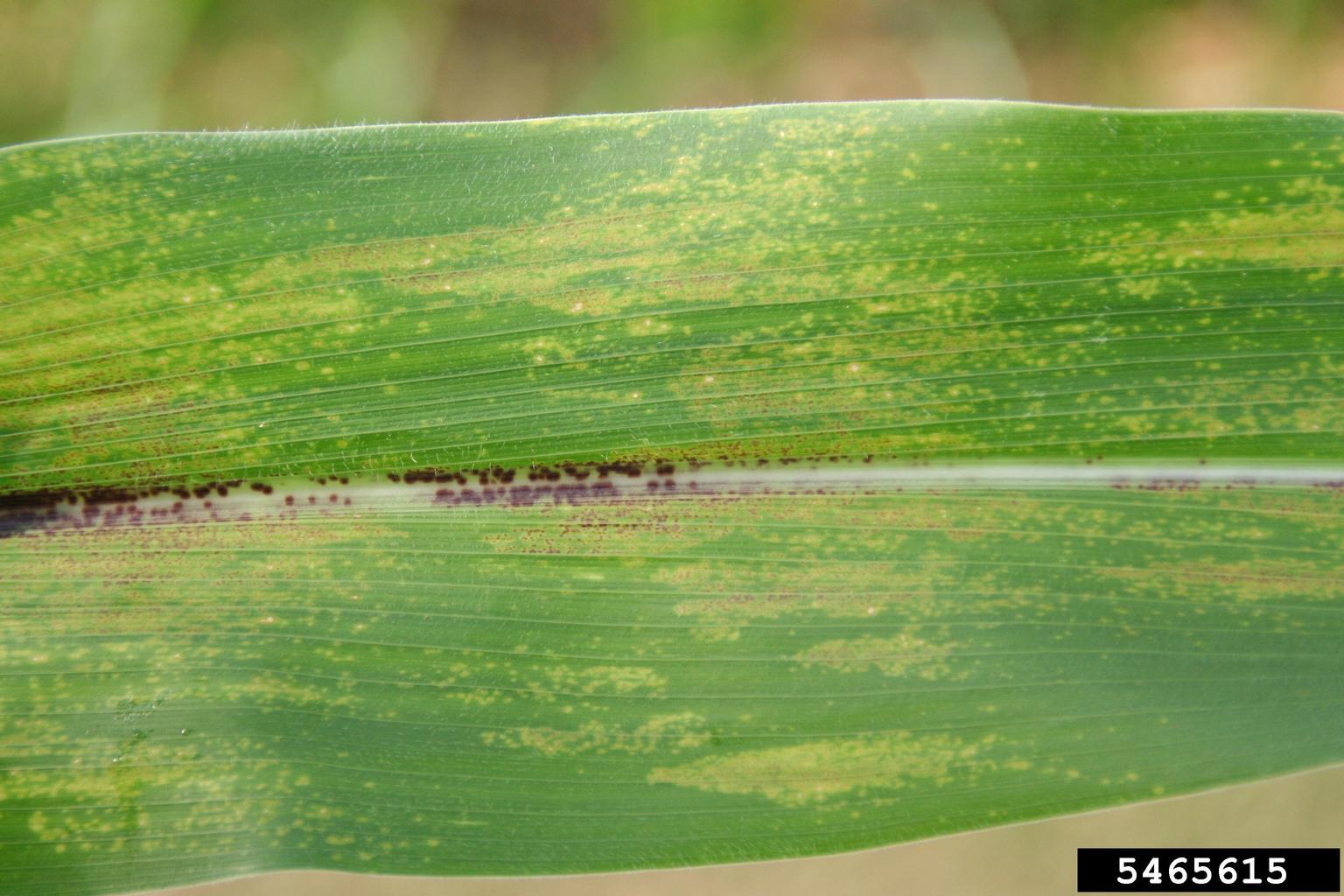Physoderma Brown Spot Of Corn – Treating Corn With Brown Spot Disease


Physoderma brown spot of corn is a fungal disease that may cause your plant’s leaves to develop yellow to brown lesions. It is favored by warm, wet conditions and, in the Midwest where most corn is grown, it is only a minor issue. Be aware of this disease, especially if you live somewhere warmer and with more humidity, like the southeast states of the U.S.
What is Corn Brown Spot?
This is a fungal infection caused by Physoderma maydis. It is an interesting disease, although it can be destructive, because it is one of few that produce zoospores. These are fungal spores that have flagella, or tails, and can swim around in the water that pools in corn whorls.
The conditions that favor the infection are warm and wet, especially when water collects in whorls. This is what allows the zoospores to spread to healthy tissue and cause infection and lesions.
Signs of Corn with Brown Spot
The characteristic symptoms of corn brown spot infection are the formation of small, round or oval lesions that may be yellow, brown, or even a brownish purple in color. They multiply quickly and form bands across leaves. You may also see the lesions on the stalks, husks, and sheaths of your corn plants.
These signs can be somewhat similar to rust diseases, so also look for a midrib lesion that is dark brown to black in color to identify brown spot. The symptoms will most likely develop before your corn has gotten to the tassel stage.
Physoderma Brown Spot Control
There are some fungicides that are labeled for physoderma brown spot, but effectiveness may not be great. It is better to manage this disease with cultural and preventative practices. If the disease has been an issue in your area or region, try starting with resistant varieties of corn.
Infected residue of corn in the soil and promote re-infection, so clean up debris at the end of each growing season or practice good tillage. Rotate corn to different areas to avoid a buildup of the fungus in one spot. If you can, avoid planting corn in areas that have high humidity or are prone to standing water.
Gardening tips, videos, info and more delivered right to your inbox!
Sign up for the Gardening Know How newsletter today and receive a free copy of our e-book "How to Grow Delicious Tomatoes".

Mary Ellen Ellis has been gardening for over 20 years. With degrees in Chemistry and Biology, Mary Ellen's specialties are flowers, native plants, and herbs.
-
 Get Ready For A Summer Of Hummers! Grow These Full Sun Hummingbird Plants and Flowers
Get Ready For A Summer Of Hummers! Grow These Full Sun Hummingbird Plants and FlowersIf you’re lucky enough to enjoy a sunny backyard, make sure you are maxing out on your pollinator opportunities and grow these full sun hummingbird plants and flowers
By Tonya Barnett
-
 12 Lush Alternatives To A Lawn For Sustainable Spaces
12 Lush Alternatives To A Lawn For Sustainable SpacesAlternatives to a lawn are beautiful and also beneficial to your local ecosystem and its pollinators. Explore our top picks for plants to replace grass.
By Tonya Barnett